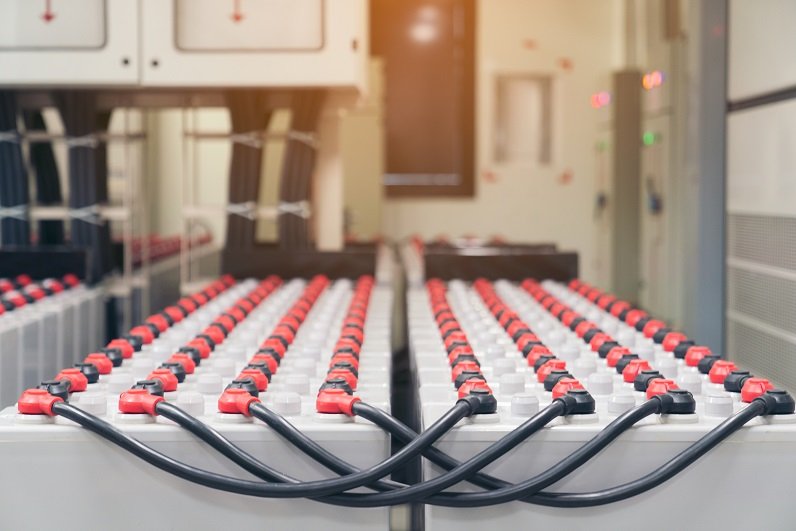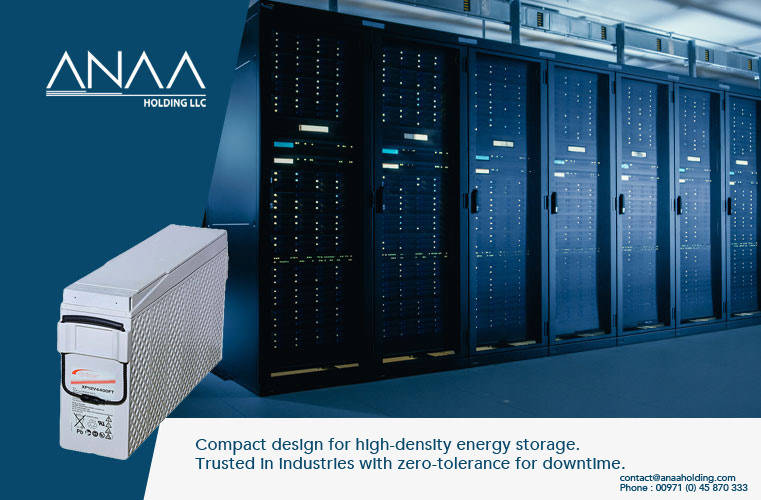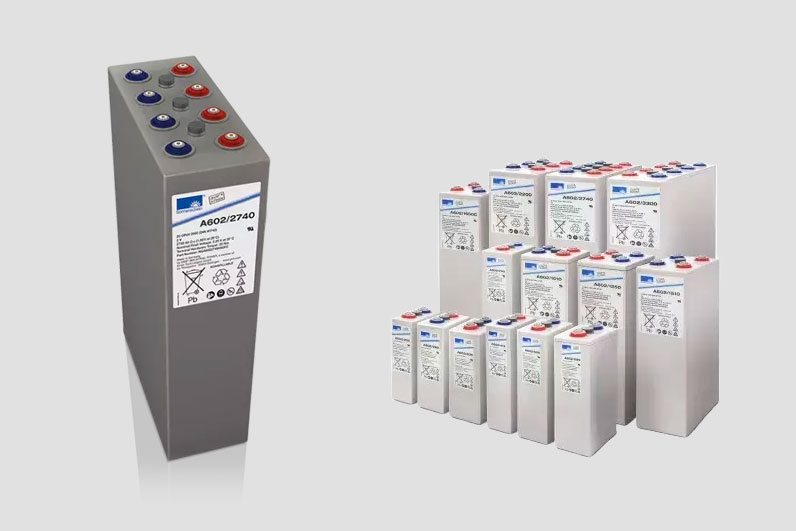
Three battery technologies that could power the future
NEW GENERATION LITHIUM-ION BATTERIES
In lithium-ion batteries, energy storage and release is provided by the movement of lithium ions back and forth through the electrolyte from the positive to the negative electrode.
Today, among the most advanced storage technologies, Li-ion battery technology allows the highest energy density. Performance such as fast charge or temperature operating window (-50°C to 125°C) can be fine-tuned through a large choice of cell design and chemistry.
Lithium-sulfur batteries
In Li-ion batteries, lithium ions are stored in active materials that act as stable host structures during charging and discharging. In lithium-sulfur batteries, there are no host structures. During discharge, the lithium anode is consumed and sulfur is transformed into various chemical compounds; When charging, the reverse process takes place.
SOLID STATE BATTERIES
Solid state batteries represent a paradigm shift in terms of technology. In modern Li-ion batteries, ions move from one electrode to another through a liquid electrolyte (also known as ionic conduction). In solid state batteries, the liquid electrolyte is replaced by a solid compound, which still allows lithium ions to migrate inside.




